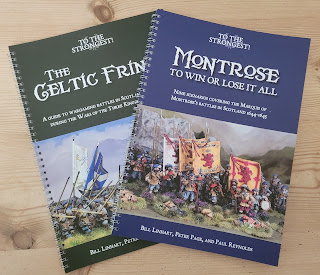The King’s Lifeguard Regiment of Horse
When you think of a 'lifeguard' you think of a group of soldiers whose job it is to protect an individual. So the two King's Lifeguard units are a little bit of a misnomer. The Lifeguard of Foot were effectively just the King's Regiment of Foot, The same can sort of be said about the Lifeguard of Horse.
For actual protecting the King duties you need to look at the Gentlemen Pensioners. The Gentlemen Pensioners still exist as the Honourable Corps of Gentlemen-at-Arms. The King's Lifeguard of Horse should not be confused with the Gentlemen Pensioners, they were completely separate units.
The King’s Lifeguard Regiment of Horse, served with the Oxford Army throughout the First Civil War and were led by the King's cousin Lord Bernard Stuart.
Raised in Yorkshire in 1642, they were in the thick of the War from the very start being present at the Siege of Hull; Edgehill; the siege of Gloucester; First Newbury; Cropredy Bridge; Lostwithiel; Second Newbury; the relief of Donnington Castle; Kidlington; Leicester; Naseby; Huntingdon; Rowton Heath where Stewart was killed; besieged at Newark, being present until the surrender of the town; then they were besieged and surrendered at Oxford.
They carry a cornet that was taken by the Earl of Essex's army sometime between 1642 and 1644. It is not definitely identified as one of the King's Lifeguard's cornets, but this appears highly likely based on it bearing a crown and the royal cypher.
By 1643 the Lifeguard were being issued with harquebusier equipment; which suggests that they weren't equipped as harquebusiers prior to that. Which is a good enough excuse for me to bling them up as cuirassiers (and provide a karmic balance for my Royalist Army as Parliament's have Hesselrigge's lobsters).
Rowton Heath was a bleak day for the Regiment and Charles in particular, not only were the Royalist Army driven from the battlefield, Lord Bernard Stuart was killed.














Comments
Post a Comment